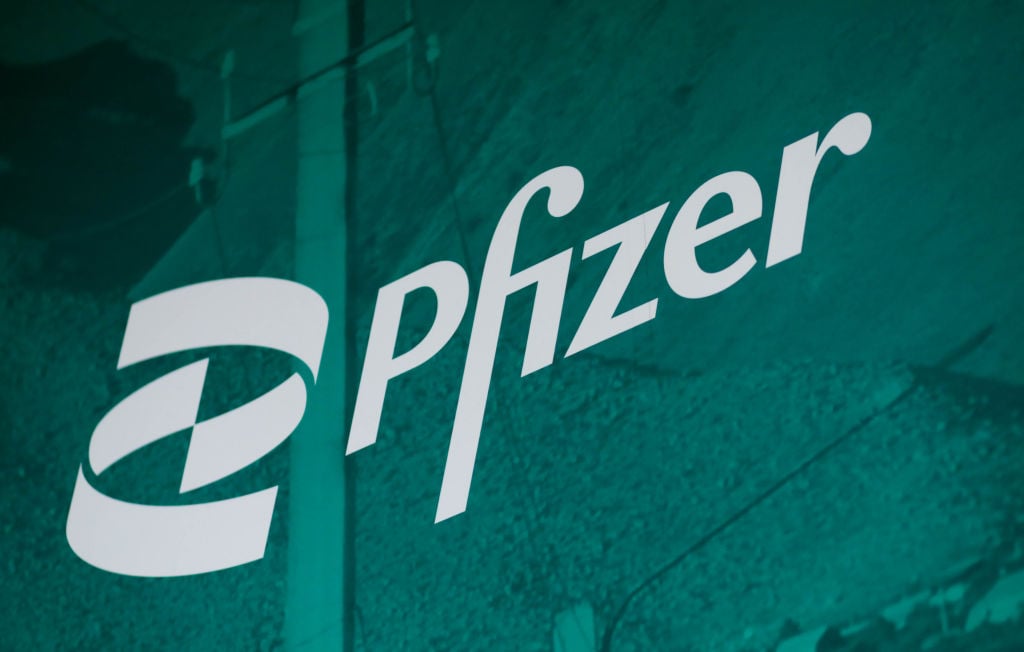
Source: White House on Flickr.
It's been about three weeks since the online marketplaces associated with the Affordable Care Act, best known as Obamacare, reopened, and the good news is that things are running smoothly.
Unlike last year, which was marred by one technical glitch after another that made the federally run exchange practically unusable, this year was highlighted with more than one million applications within just the first week on Healthcare.gov.
Of course, Obamacare will still need to overcome a mountain of challenges, including the crisis of confidence caused by an enrollment restatement from the Department of Health and Human Services last month.
After announcing that Obamacare enrollment totaled 7.1 million as of mid-October, the HHS later retracted this figure and cited that it had inadvertently included 380,000 dental plans in its calculations. The end result is that Obamacare only had 6.7 million paying members as of mid-October, modestly below the initial goal of 7 million members that was set by the Congressional Budget Office in Sept. 2013 for its first year of enrollment. With more people having an unfavorable view of Obamacare than a favorable view, this restatement could possibly push confidence in the law even lower, perhaps even to the point where it negatively effects enrollment and reenrollment.
An even bigger challenge looms
However, an even bigger challenge looms for Obamacare: getting people to use their health insurance.
One of the primary tenets of Obamacare was to reduce the rate of uninsured in this country so as many people as possible would have access to affordable health care. There's little doubt, even with the HHS enrollment restatement, that the insured rate has moved decisively lower. Gallup's latest reading pegged the rate of uninsured in the U.S. at just 13.4%.
But, Obamacare may be failing with regard to "affordability."
Graph by author. Data source: Gallup.
According to a recently released study from Gallup, a whopping 33% of respondents noted that they were putting off some form of medical treatment because of the expenses associated with that treatment. This marks the highest reading in the 14 years that Gallup has conducted this poll, and is up noticeably from the 19% that delayed medical treatment because of cost in 2001.
What's so worrisome about these figures is that they would imply that even though consumers are purchasing health insurance as required by law, the out-of-pocket costs, such as co-pays and deductibles, are simply too much to bear for low-income and middle-class workers. Health plans are designed to be used in order to keep up on patients' preventative care while they're young to avoid potentially costly and debilitating conditions that could occur later in life. Based on this study, that may not be happening.
The type of care being put off also supports this hypothesis. Of the 33% who noted they were putting off medical treatment, two-thirds (22%) were putting off treatment of a serious condition with the remainder (11%) delaying a non-serious condition. This 11% gap was the second-highest ever recorded by Gallup.

Source: Flickr user Francisco Osorio.
Furthermore, when examining income Gallup found that the desire to put off medical treatment saw 2014's biggest increases occurring in higher income levels. For example, 28% of respondents earning $75,000 or more annually delayed medical treatment this year, which is up from just 17% in last year's study. By comparison, 35% of respondents with annual incomes under $30,000 delayed treatment, which is actually down from 43% last year.
The implication here would be that Medicaid expansion in 28 states (26 states approved Medicaid expansion last year with two additional states coming on board in 2015) is granting greater access to medical care for lower-income individuals. Subsidies are likely also playing a role in making monthly premiums more affordable for those making less than 400% of the federal poverty limit ($46,200 annually). Ultimately it means higher-income individuals that aren't receiving subsidies would have to pay more out of pocket for their medical care. But, in instances where lower-income individuals are receiving a subsidy, but not a full subsidy such as with Medicaid, they're still choosing not to head to the doctor because of possible out-of-pocket expenses.
Will the growth be there?
Looking at this as an investor, consumers paying for health insurance but not heading to their doctor is great news for insurers since it means they'll be paying out less in medical expenses. We haven't really seen much follow-through in terms of profitability from Obamacare yet to insurers -- save for Anthem (ANTM 1.85%) which was profitable from its Obamacare enrollees by the sheer number of people it managed to sign up in 2014. But if Gallup's study is accurate, most insurers should be profitable in 2015 from Obamacare enrollees.
Yet, this study raises serious questions about the expected growth in other health care sectors like pharmaceuticals, hospitals, and medical device makers. The Affordable Care Act was fully expected to insure more people and encourage those people to see their doctor more often. If consumers are terrified of the copays and deductibles it means those baked-in growth expectations on Wall Street for these sectors may be a bit high.

Source: Bristol-Myers Squibb.
Arbitrarily choosing an indication in the pharmaceutical industry, I worry about the growth prospects for anti-clotting drugs like Pfizer's (PFE 0.83%) and Bristol-Myers Squibb's (BMY 2.40%) Eliquis. In studies Eliquis proved superior to the previous standard of care, warfarin, in many ways. Eliquis is most commonly given in hospital settings to prevent clotting after surgery. If more people are delaying key surgeries it could mean slower growth prospects for Eliquis, as well as weaker revenue growth for hospitals themselves.
This study might also be worrisome for shareholders of medical device giant Medtronic (MDT 2.18%) which makes a number of cardiovascular products like pacemakers and stents. If consumers fail to keep up on preventative care or put off surgeries due to cost, it's possible that Medtronic's U.S. growth will suffer, creating a need to place increased emphasis on overseas markets for growth.
Two things to keep in mind
It's important to note Gallup's random sample size of just 828 people may not be indicative of the population as a whole. There are certainly people out there who are putting off their care because of the copay and deductible costs, but this 33% figure could potentially be lower (or higher!) across a broader percentage of the population.
Another key point is that Obamacare is relatively new. Insurers and consumers are still "working out the kinks," so to speak, on pricing and it could take a few years before discernable trends emerge. In other words, it may not be worth panicking just yet about the health care stocks you own. But, one thing is for sure: Gallup's poll is a wake-up call to consumers and investors that Obamacare may not be able to fix one of the most glaring problems with the health care system in America.










